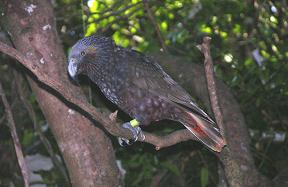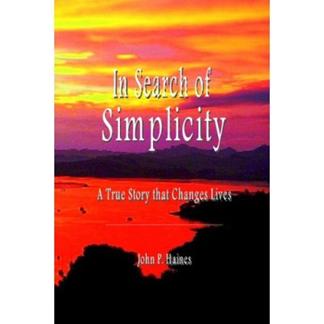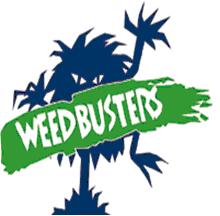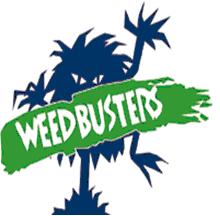He's been called an Indiana Jones of the spirit. You may know him simply as a man behind the counter in the Kaitaia library or as a voice behind the microphone at Doubtless Bay Family Radio. He's an author too.
Meet the Author and Book Signing
Join John Haines at 10.00am on Thursday, March 12th, at the Bakerman: Bakery, Café and Pizzeria in Mangonui, as he speaks about his recently released book, In Search of Simplicity, and describes his journey thus far in self-publishing in today's world. This will be a talk of interest to all.
A book signing follows at Mangonui Stationary beginning at 10.30am. If that doesn't suit, join John at 10.00am on Saturday, March 14th, at Paper Plus in Kaitaia or at 10.30am at Paper Plus in Kerikeri on Saturday, March 21st. The book is available for purchase in all three stores.
Free gift for each attendee
Every now and then a book comes along with the power to transform the lives of its readers. In Search of Simplicity has the ability to do just that. It is an autobiographical travel adventure story that reads like a novel. Over the years, when the author has told some of the synchronistic stories that are now contained within the book, listeners began to have (or at least to notice) magical happenings in their own lives.
For additional information including excerpts and video trailer visit:
www.insearchofsimplicity.com
Praise for In Search of Simplicity
"Like an innocent child, John Haines lures us to join him in awesome wonder at life's beauty, magic and mystery. His enlightened temperament oozes on every page into a simple philosophy that life has good, everywhere."
Roselyn DeGaris, Adelaide, Australia
"...interesting, captivating and thought provoking ...a great read and a great author. You won't and can't put it down!"
Jenny Hamberger, Doubtless Bay
"As modern society takes us further away from simple living, the message in this book brings us back to what matters most, by reminding us that ‘simplicity' is available at any time when we are prepared to open our hearts and minds and engage fully with the world around us. In this way, being present to each moment reconnects us with the preciousness of life."
Suzanne Stewart, Buddhist practitioner, Wellington
In Search of Simplicity is the author's true, exciting and serendipitous journey through the wilds of Papua New Guinea, the Himalayas, around the planet and into the heart of life guaranteed to change the way you see the world and so-called coincidences.
The timely themes woven through the easy to read narrative include the power of coincidence; ecological, social and economic responsibility; and personal awakening.
In today's uncertain world of financial disarray, global warming and seemingly endless war, many feel powerless in their ability to create positive change personally, nationally and globally.
In Search of Simplicity provides answers to this dilemma of uncertainty. It points the way for each reader to find the life of their deepest longing, a life of simplicity and self assurance, while enjoying a rollicking good read.




![Juvenile snapper, near artificial seagrass habitats. [Credit: Crispin Middleton, NIWA]](http://www.niwa.cri.nz/__data/assets/image/0006/83166/snapper1_150.jpg)
![A juvenile snapper found near biogenic habitat, formed mainly of ‘dead man’s fingers’ (soft corals) attached to a horse mussel. [Credit: Kerry Webster]](http://www.niwa.cri.nz/__data/assets/image/0008/83168/snapper2_150.jpg)



